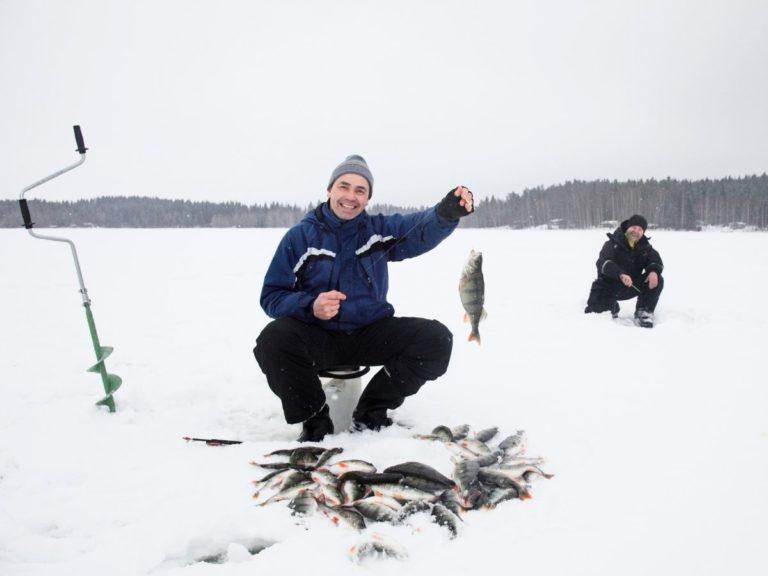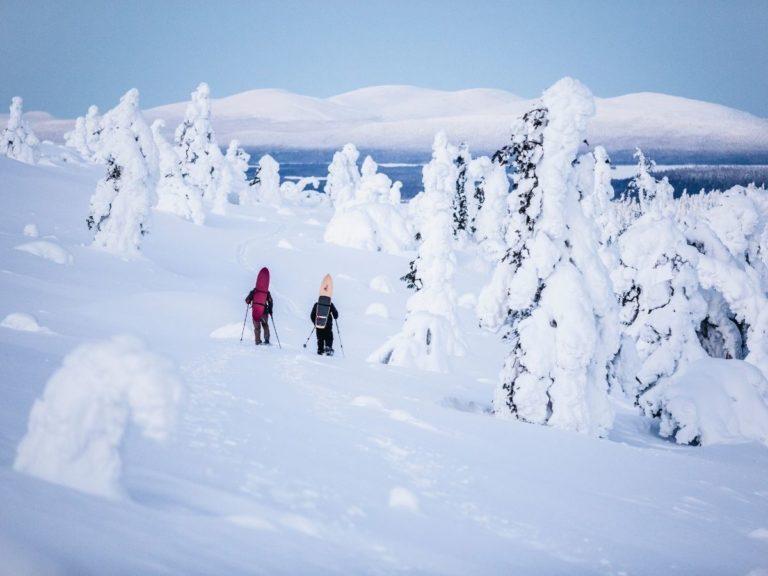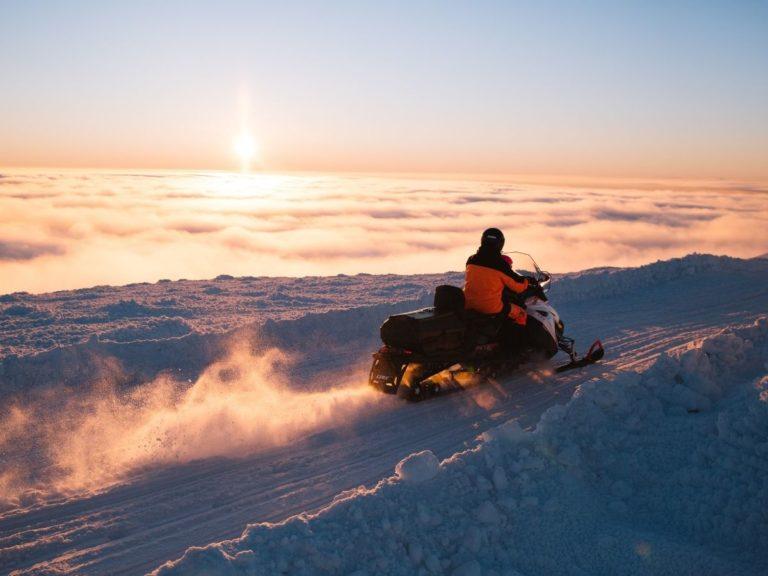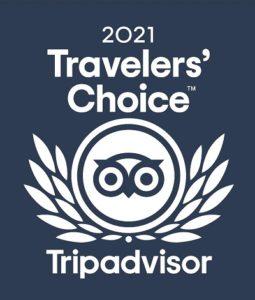What does the polar night mean?
Kaamos is an annual period during which the sun does not rise above the horizon at all. The polar circle found at the height of Rovaniemi is a latitude circle that practically corresponds to the slope of the earth’s axis of rotation in relation to the sun and it also serves as the limit of this winter natural phenomenon.
The bend of the axis of rotation is also the reason why the annual cycle is divided on the Earth into different seasons. The different seasons are simply due to the fact that light is distributed differently across the ball between the seasons.
When does polar night start and how long does it last?
The farther north we go in our country, the longer the polar night lasts. In the northernmost parts of Finland – in Utsjoki and Nuorgam – the polar night starts at the end of November and lasts as much as 52 days. In southern southern Lapland, on the other hand, the polar night is considerably shorter and lasts only a few days. For example, at the height of Sodankylä, kaamos begins on December 20 and lasts for four days only. The duration of polar night in different locations can be viewed with Expedia‘s handy polar night counter.
If you want to experience this nature phenomenon at its longest, then you have to travel all the way to the North Pole. At the North Pole, kaamos lasts from the autumn equinox in September until the spring equinox in March. At the North Pole, therefore, the polar night can be “enjoyed” for as long as six months.
The winter solstice is the mid-point of polar night
The shortest day of the year, the winter solstice, is in the northern hemisphere between 21 and 22 December and in the southern hemisphere on 21 or 22 June, respectively. The winter solstice also serves as a mid-point of kaamos, after which the days in the northern hemisphere begin to slowly lengthen again.
The opposite of polar night is the midnight sun, i.e. a nightless night or a little less familiar polar day. During a nightless night, the sun does not set below the horizon at all near the polar circles, but rises again to rise near the boundary of the horizon.
Polar night depression
When talking about polar night, one cannot avoid talking about the seasonal depression (kaamosmasennus) related to it either. This seasonal phenomenon refers to a state of depression that strikes a person repeatedly, specifically during the dark winter months.
The symptoms of comic depression are usually comparable to those seen in other depressive conditions, such as sadness, anxiety, low mood, irritability, and loss of pleasure and interest. In addition, a person suffering from seasonal depression may feel feelings of worthlessness, guilt, and hopelessness.
A person suffering from seasonal depression is also characterized by an increase in the need for sleep and a decrease in physical activity. Eating habits can also change, and especially the amount of carbohydrate or starchy foods in the diet can increase. This can also lead to weight gain, for example. Unlike a normal state of depression, the symptoms intensify in the afternoons.
It is typical of this type of depression that the symptoms appear year after year at the same time of year, i.e. when the dark season arrives. Symptoms usually begin to appear as early as October and are most intense during February – March. In summer, the symptoms disappear.
In Finland, about one percent of the population suffers from recurrent depressive episodes during the winter. In addition to the actual depression, about 10 to 30% of our population suffers from milder symptoms during the winter months without the actual state of depression. This milder condition that occurs during the winter months is called kaamos stress. The symptoms of exertion are similar, but usually milder than in actual depression.
For the treatment of depression, light therapy is usually used, which, when properly implemented, cures about four-fifths of those with symptoms. Light treatments use a variety of bright light therapy lamps, which can be obtained from many shops selling lamps. People with camouflage stress can also benefit from bright light therapy.
Polar night is a great season for nature photographers
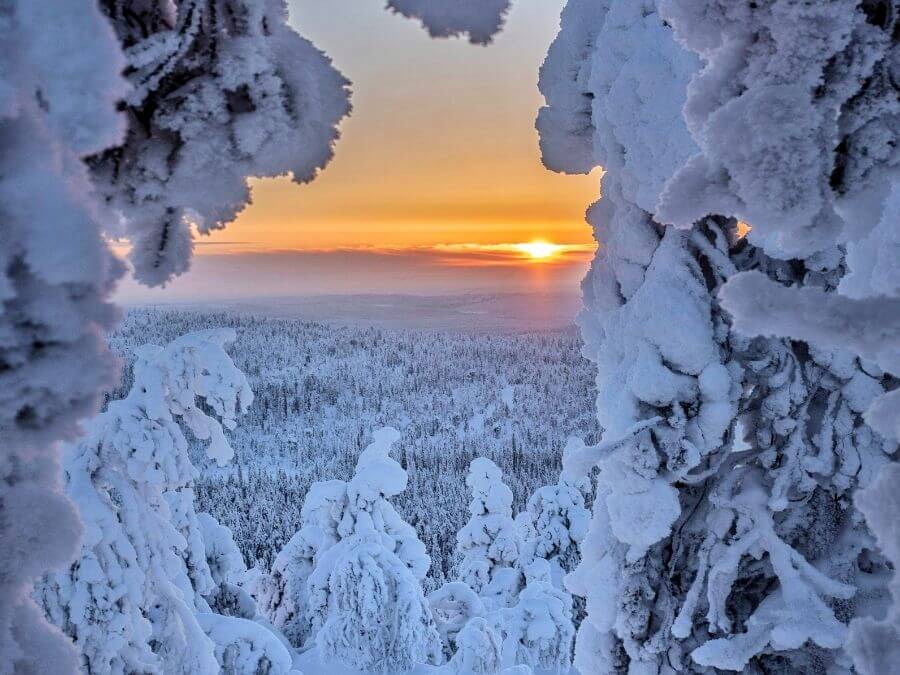
Kaamos is often mistakenly associated with the belief that people in Lapland are living in complete darkness in the midst of extreme sub-zero temperatures. In reality, however, it is a time when Lapland is admired for its various light phenomena, which are intensified when reflected in pure snow. When sunlight reaches the upper parts of the atmosphere, light comparable to sunset is created, and later at noon blue moments.
The northern lights, which are noticeable at their best in the afternoon during the dark night, create a magical atmosphere when reflected from the white snow. The excellent light-reflecting snow layer, for its part, makes the polar night a very fascinating time of the year.
A snowshoeing, hiking, or skiing trip in snow crown snow-load shelter landscapes, with the moon illuminated and northern lights fluttering in the sky, is an individual experience that is worth trying to experience at least once in a lifetime. It is very difficult to experience a more breathtaking nature experience in Lapland.
It is no wonder that in addition to the nightless night, the dark months of winter have also become a favorite season for many nature photographers. Namely, the best winter landscapes are captured during the middle of winter.
The wonderful winter nature is a good reason why so many people experience polar night time – instead of depression – in a very interesting and fascinating season.
Images of the article: Jari Romppainen photography
About the subject elsewhere: Visit Finland | Polar night Finland.fi | When the sun doesn’t rise Finland naturally | What kaamos actually looks like



